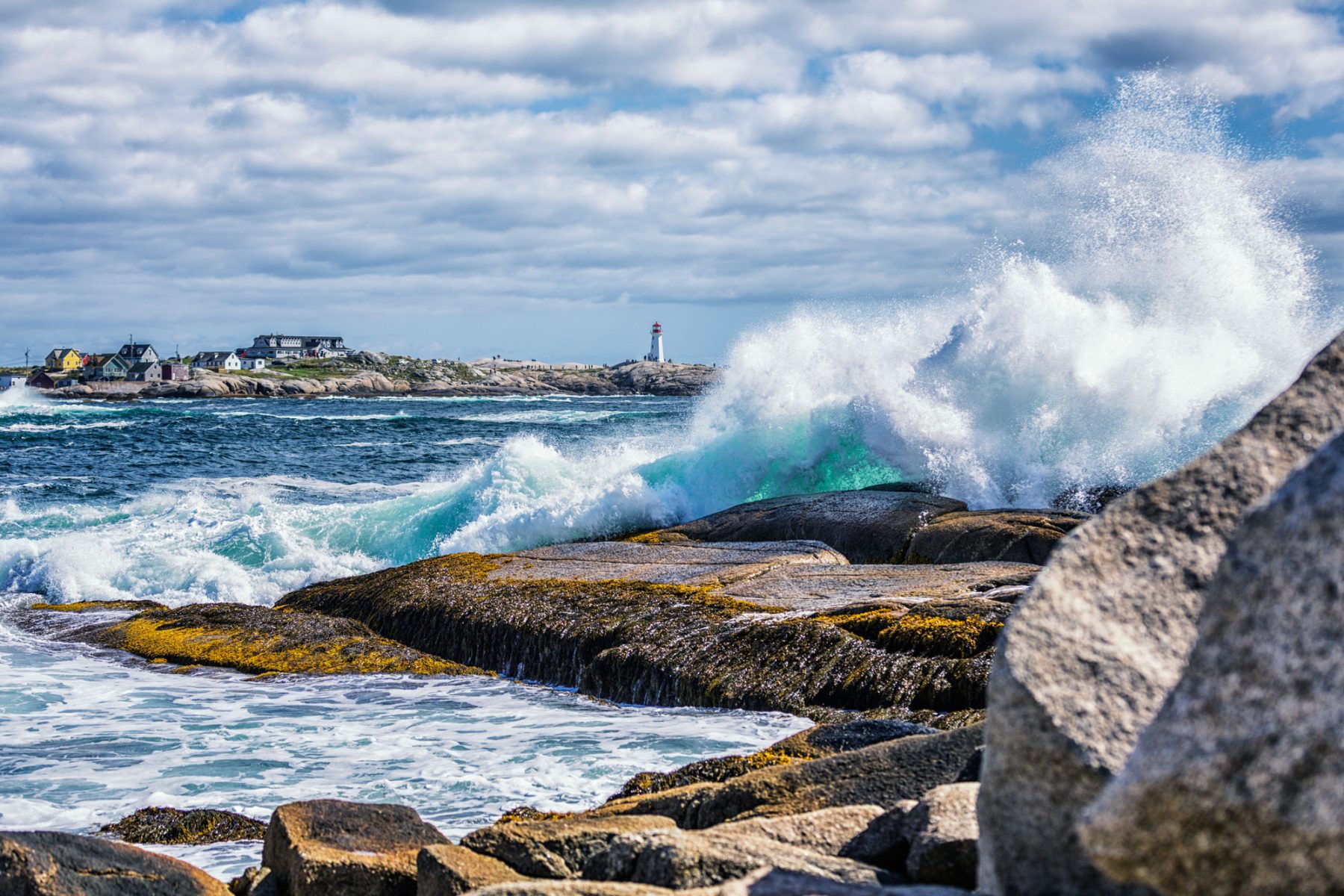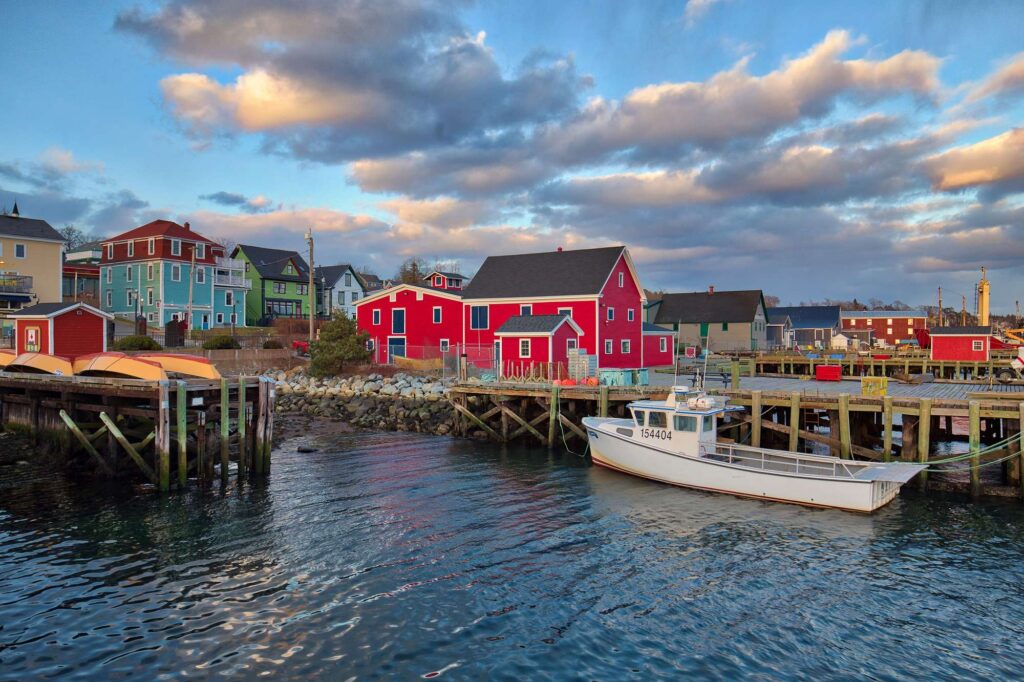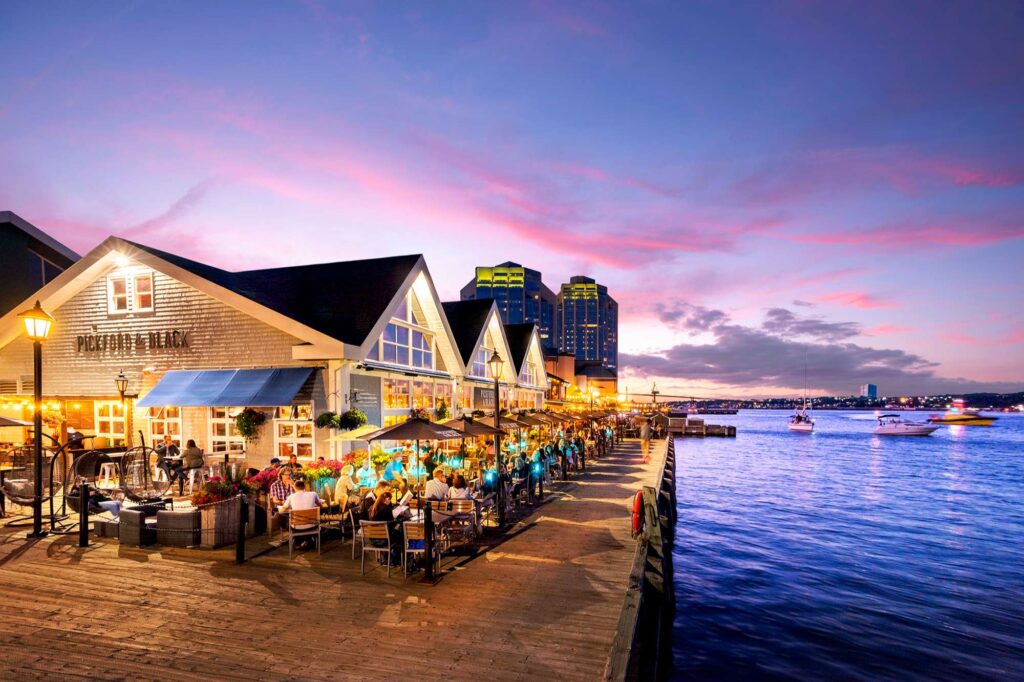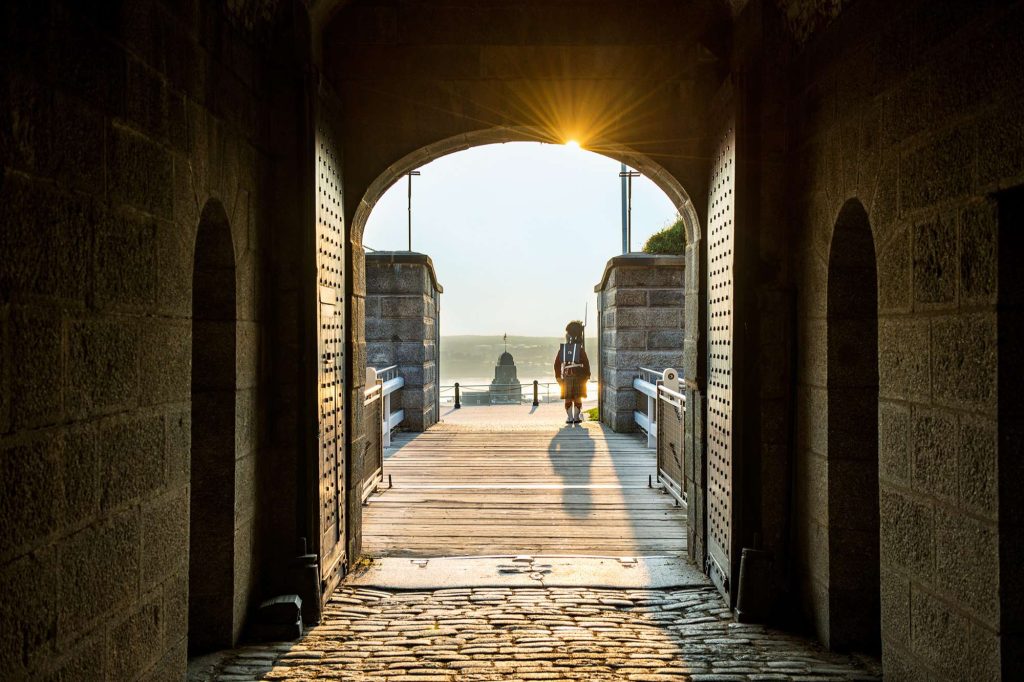
Your Guide to Summertime in Nova Scotia
Nova Scotia is a maritime province that sits at the South Eastern corner of Canada and is a rugged, seafaring province that relies heavily on the influence of its surrounding waters. Although it is often thought to be remote and hardy, it is a hotbed of activity come summertime.
Nova Scotia is synonymous with fresh lobsters, deep Celtic roots, and lively locals who are passionate about the land they live in. If you are looking for a self-drive journey with a difference, read on to see the answers to some of the most commonly asked questions about this beautiful province.
Why is Nova Scotia called Nova Scotia?
Nova Scotia is actually Latin and translates directly as New Scotland. This is because it was part of the 1621 Royal Charter which granted Scottish explorer, Sir William Alexander, the right to settle there. He became mayor, which made Nova Scotia a Scottish colony between 1621 and 1632.After numerous battles between the French and British, the Treaty of Paris settled that the province would live under British rule and it stayed thus until the 1867 Canadian Confederation turned it into one of Canada’s four founding provinces.
What language is spoken in Nova Scotia?
Canada is generally bilingual, with many residents speaking both English and French, however, Nova Scotia’s main language is English. The French language is widely catered for, especially in Cape Breton, which was originally a French colony as well as Halifax and Yarmouth.
What is Nova Scotia known for?
Nova Scotia is rich with cultural traditions, many of which are related to the ocean. It is well known for its lobster and the scallops plucked from the Bay of Fundy are world-famous, as is the fleet that finds them – it’s the biggest scallop fishing fleet in the world. With fishing being a huge industry in the area, boat building is also a strong tradition in the small town of Lunenberg which sits on the South Shore. The town itself is a UNESCO World Heritage Site, making it one of Nova Scotia’s better-known beauty spots. Nova Scotia is also known for blueberries; 40 million pounds of which are produced every year. They grow wild in the province, but during the summer harvest, there are many places where you can pick your own.

What kind of food can you eat in Nova Scotia?
Seafood should be your first port of call when dining in Nova Scotia as it’s guaranteed to be fresh – try some oysters and the famous Digby scallops. You can also find some very tasty local dishes like donair, which is spiced beef cooked on a spit and shaved into pita bread with sweet garlic sauce and an onion and tomato garnish. It’s an iconic crowd-pleaser and a definite must-try food while you are there. Scottish food traditions live on in Nova Scotia – you can find oatcakes in many restaurants and cafes. Drizzled with chocolate or peanut butter, they’re perfect with a nice cup of tea as you look out to sea.
The French owned this province before the English (it was then known as Acadia), and you can still taste the influence in the Acadia Rappie Pie which is available at many restaurants across Nova Scotia. It is made up of grated potatoes and meat and is another hearty icon of the area.
What is the best time of year to go to Nova Scotia?
The best time to visit Nova Scotia is during the summer, between May and September when the weather is pleasant. The summertime can be buzzing with tourists in certain areas, however, it is also the best time of year for festivals, with the capital city of Halifax hosting numerous music festivals and craft markets.
What is the average temperature in Nova Scotia?
Nova Scotia has four distinct seasons, much like the UK, but the temperatures vary a great deal. During summer, the temperature averages between 20 and 25 degrees. During the winter months, it can get as low as -9 degrees.

What can I do in Nova Scotia?
Nova Scotia is a hub of different activities to enjoy. If you are driving across the province, you will get the chance to see the very best of the area. The Cabot Trail is a breathtaking scenic coastal drive that goes around the northwest coast of Cape Breton Island. Striking coastal viewpoints, tiny communities and numerous hiking trails are dotted along the route, making this a road trip to celebrate.
Another top attraction for visitors is the picturesque lighthouse at Peggy’s Cove. Peggy’s Point Lighthouse is postcard-perfect and because Peggy’s Cove is an active fishing village, you’ll be able to spot fishing wharves and boathouses. It’s also dotted with colourful houses and small galleries where you can pick up some mementoes of your journey.
Is Halifax a good city?
If you’re flying into Nova Scotia from the UK, Halifax, it’s the vibrant capital city, will likely be your first top. It has a strong arts and culture community and is proud of its influence on the overall culture of Atlantic Canada. It’s a multicultural city, with influences stretching from as far afield as Greece and Lebanon, meaning dance, music, and food are all touched on by these international cultures as well.
What is Halifax best known for?
One of the best ways to start your journey through the city is a walk along the waterfront. Victorian-era buildings, including traditional warehouses, are restored to their former glory to give you a glimpse into the city’s rich history. You can take various boat tours and excursions straight from the waterfront as well, so it’s a wonderful jumping-off point. The Maritime Museum of the Atlantic and Halifax Citadel National Historic Site are both educational and fun ways to discover the history of the city.
For some summer greenery, you can visit Halifax Public Gardens and Point Pleasant Park, which has a number of trails and ruins to wander through. It’s a treasure trove of beauty spots, restaurants, museums and performance venues, making a versatile destination for travellers.

What is an interesting fact about Nova Scotia?
Let’s finish off with a fun fact about Nova Scotia that gives an idea of the vast size of Canada: Halifax is closer to Dublin in Ireland than it is to Victoria, British Columbia!
Find out more about holidays to Nova Scotia and Canada’s other Maritime provinces then get in touch with our expert team on 01737 214 250 to plan your trip.



 Instagram
Instagram
 Facebook
Facebook
 YouTube
YouTube